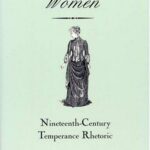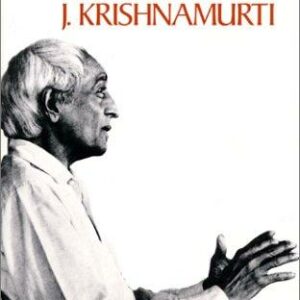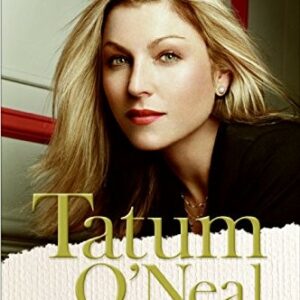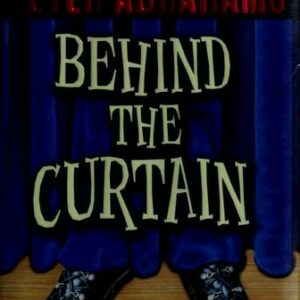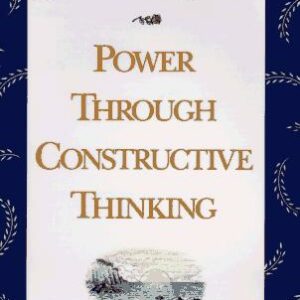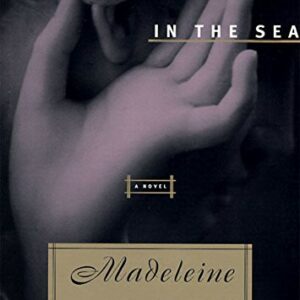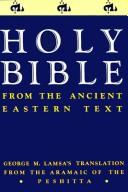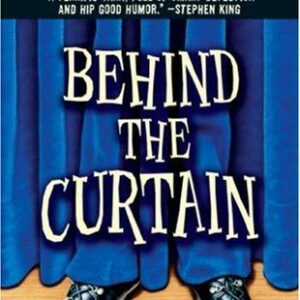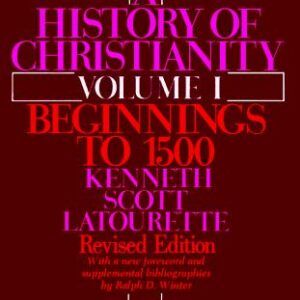Well-Tempered Women
$35.00
| Title | Range | Discount |
|---|---|---|
| Trade Discount | 5 + | 25% |
- Description
- Additional information
Description
In this richly illustrated study, Carol Mattingly examines the rhetoric of the temperance movement, the largest political movement of women in the nineteenth century.Tapping previously unexplored sources, Mattingly uncovers new voices and different perspectives, thus greatly expanding our knowledge of temperance women in particular and of nineteenth-century women and women’s rhetoric in general. Her scope is broad: she looks at temperance fiction, newspaper accounts of meetings and speeches, autobiographical and biographical accounts, and minutes of national and state temperance meetings.The women’s temperance movement was first and foremost an effort by women to improve the lives of women. Twentieth-centuty scholars often dismiss temperance women as conservative and complicit in their own oppression. As Mattingly demonstrate, however, the opposite is true: temperance women made purposeful rhetorical choices in their efforts to improve the lives of women. They carefully considered the life circumstances of all women and sought to raise consciousness and achieve reform in an effective manner. And they were effective, gaining legal, political, and social improvements for women as they became the most influential and most successful group of women reformers in the nineteenth and early twentieth centuries.Mattingly finds that, for a large number of women who were unhappy with their status in the nineteenth century, the temperance movement provided an avenue for change. Examining the choices these women made in their efforts to better conditions for women, Mattingly looks first at oral rhetoric among nineteenth-century temperance women. She examines the early temperance speeches of activists like Susan B. Anthony and Elizabeth Cady Stanton, who later chose to concentrate their effort in the suffrage organizations, and those who continued to work on behalf of women primarily through the temperance topic, such as Amelia Bloomer and Clarina Howard Nichols. Finally, she examines the rhetoric of members of the Woman’s Christian Temperance Union—the largest organization of women in the nineteenth century.Mattingly then turns to the rhetoric from perspectives outside those of mainstream, middle-class women. She focuses on racial conflicts and alliances as an increasingly diverse membership threatened the unity and harmony in the WCTU. Her primary source for this discussion is contemporary newspaper accounts of temperance speeches.Fiction by temperance writers also proves to be a fertile source for Mattingly’s investigation. Insisting on greater equality between men and women, this fiction candidly portrayed injustice toward women. Through the temperance issue, Mattingly discovers, women could broach otherwise clandestine topics openly. She also finds that many of the concerns of nineteenth-century temperance women are remarkably similar to concerns of today’s feminists.
In this richly illustrated study, Carol Mattingly examines the rhetoric of the temperance movement, the largest political movement of women in the nineteenth century.
Carol Mattingly is director of the Writing Center at the University of Louisville.
“The speeches made by women who participated in the Woman’s Christian Temperance Union (WCTU) provide a vivid picture of how nineteenth-century women used rhetoric to present their dissatisfaction with the law and the lack of rights granted to women at the time…. A valuable contribution to the discipline of [American] literature, in particular to rhetoric and women’s studies, the volume is informative and highly recommended for undergraduates and graduate students. An excellent addition to scholarly literature.”—Choice
“The speeches made by women who participated in the Woman’s Christian Temperance Union (WCTU) provide a vivid picture of how nineteenth-century women used rhetoric to present their dissatisfaction with the law and the lack of rights granted to women at the time…. A valuable contribution to the discipline of [American] literature, in particular to rhetoric and women’s studies, the volume is informative and highly recommended for undergraduates and graduate students. An excellent addition to scholarly literature.”—Choice“With rare common sense and a good ear for the written and spoken word, Mattingly shows how temperance women built the nineteenth century’s largest reform movement and women’s organization, the Woman’s Christian Temperance Union, by presenting their arguments and themselves in familiar language and dress…. Mattingly rediscovers the rhetorical roots of temperance reform and offers new readings of women’s literature and public performance. Highly recommended.”—Library Journal "I am pleased to have this excellent book-length exploration of the rhetoric of nineteenth-century temperance women to rely on. Given the continuing dearth of such in-depth studies of women's rhetoric, I am confident that other scholars will greet this work as enthusiastically as I have. Particularly noteworthy about the WCTU activists whom Professor Mattingly chronicles is their attention not only to defending women's right to speak but also to providing practical instruction in how to do so."—Patricia Bizzell, College of the Holy Cross"This study contributes new voices and perspectives to our histories of women. Mattingly shows that the women of the temperance movement were smart, politically savvy, and reasonable, considering their conditions at the time. Most significantly, she shows how they used their intelligence to solve their problems through social action, using a network of education and organization of an astonishing magnitude."—Catherine Hobbs, University of Oklahoma
“With rare common sense and a good ear for the written and spoken word, Mattingly shows how temperance women built the nineteenth century’s largest reform movement and women’s organization, the Woman’s Christian Temperance Union, by presenting their arguments and themselves in familiar language and dress…. Mattingly rediscovers the rhetorical roots of temperance reform and offers new readings of women’s literature and public performance. Highly recommended.”—Library Journal
“I am pleased to have this excellent book-length exploration of the rhetoric of nineteenth-century temperance women to rely on. Given the continuing dearth of such in-depth studies of women’s rhetoric, I am confident that other scholars will greet this work as enthusiastically as I have. Particularly noteworthy about the WCTU activists whom Professor Mattingly chronicles is their attention not only to defending women’s right to speak but also to providing practical instruction in how to do so.”—Patricia Bizzell, College of the Holy Cross “This study contributes new voices and perspectives to our histories of women. Mattingly shows that the women of the temperance movement were smart, politically savvy, and reasonable, considering their conditions at the time. Most significantly, she shows how they used their intelligence to solve their problems through social action, using a network of education and organization of an astonishing magnitude.”—Catherine Hobbs, University of Oklahoma
Additional information
| Weight | 1 oz |
|---|---|
| Dimensions | 1 × 6 × 9 in |


